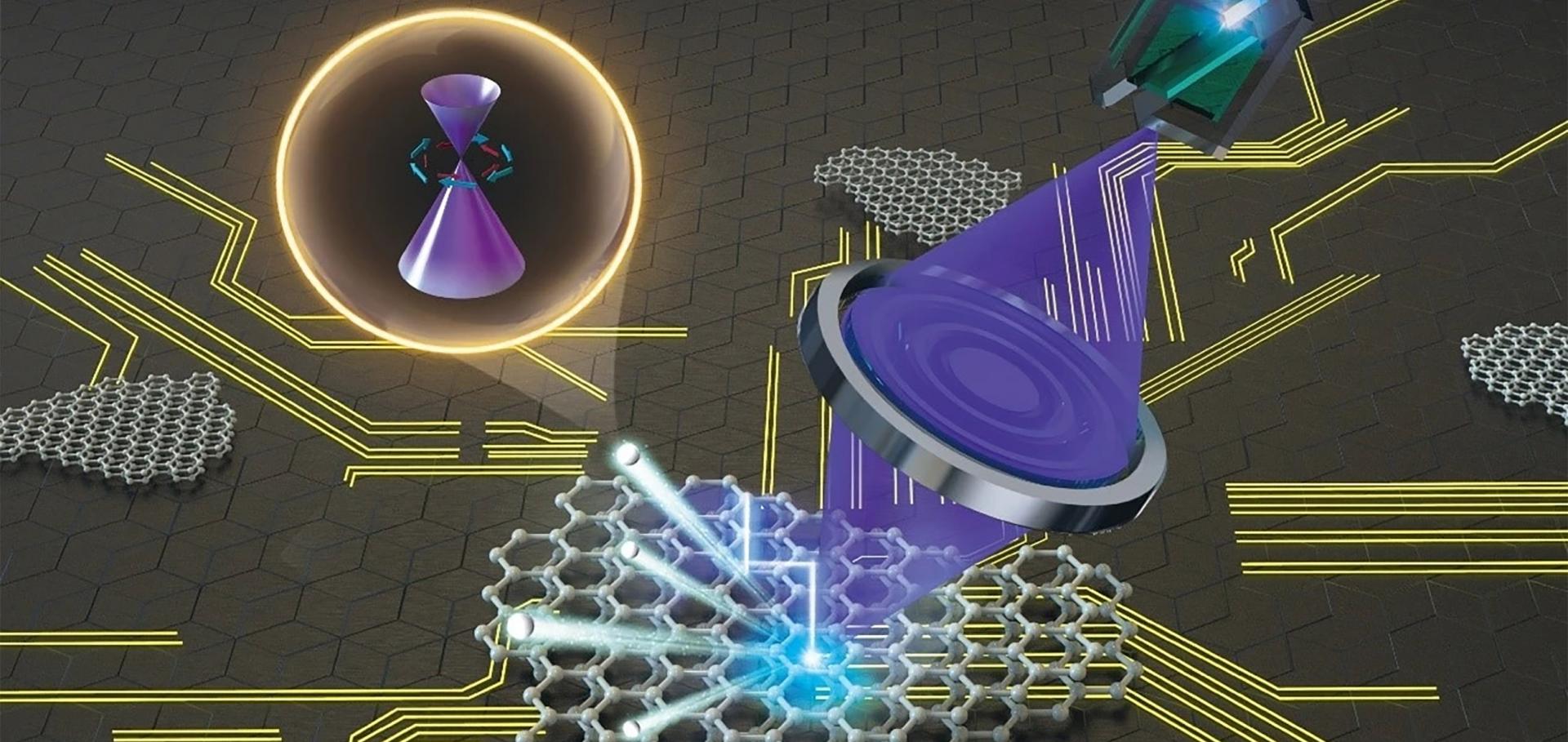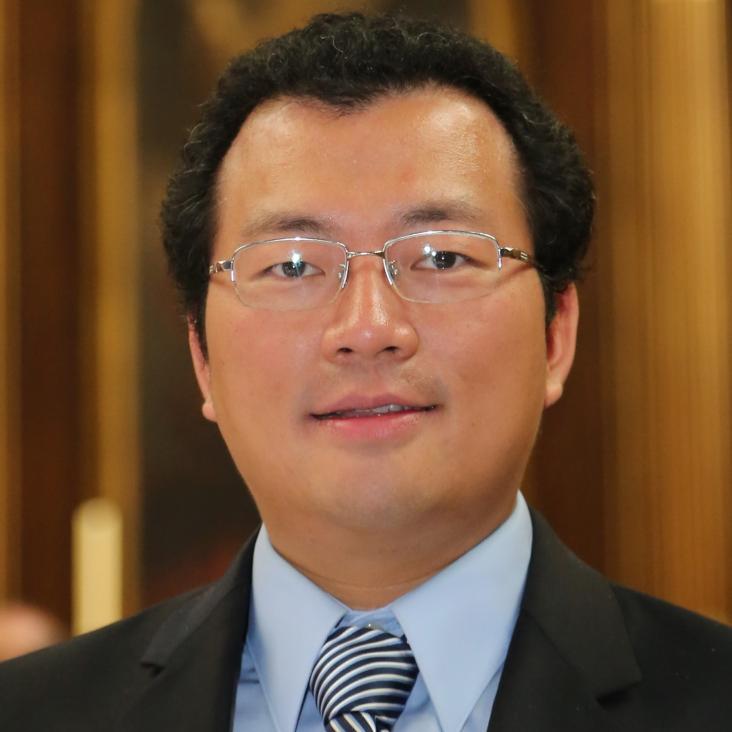Observation of Topological Electronic Structure in Quasi-1D Superconductor TaSe3
Matter Elsevier 3:6 (2020) 2055-2065
Persistent surface states with diminishing gap in MnBi2Te4/Bi2Te3 superlattice antiferromagnetic topological insulator
Science Bulletin Elsevier 65:24 (2020) 2086-2093
Electronic origin of the enhanced thermoelectric efficiency of Cu2Se
Science Bulletin Elsevier 65:22 (2020) 1888-1893
High-throughput calculations of magnetic topological materials
Nature Springer Nature 586:7831 (2020) 702-707
Exploiting Two‐Dimensional Bi2O2Se for Trace Oxygen Detection
Angewandte Chemie International Edition Wiley 59:41 (2020) 17938-17943


